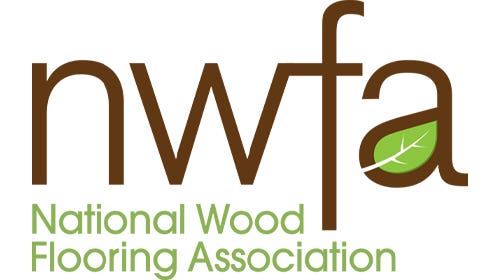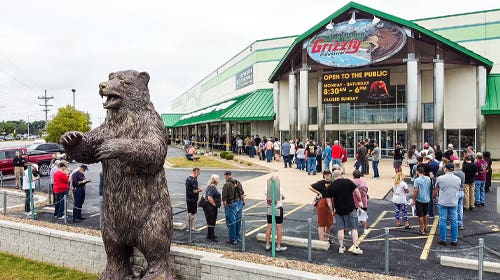African mahogany is a common alternative
Less expensive than genuine mahogany, it can be more difficult to work with, but can be used for a variety of products {loadposition position10} Even though there is a still…
Less expensive than genuine mahogany, it can be more difficult to work with, but can be used for a variety of products
{loadposition position10}
Even though there is a still a decent supply of genuine mahogany (Sweitenia macrophylla) in the United States, it is expensive and many buyers have switched to the cheaper African mahogany (Khaya spp.), sapele (Entandrophragma cylindricum), Spanish cedar (Cedrela odorata), and sipo (Entandrophragma utile). Sales of African mahogany, in particular, have increased significantly during the last several years. However, African mahogany definitely differs from the genuine article.
"It's less expensive than genuine mahogany, [but] it's a little harder to deal with, grain-wise. It can have kind of a crazy grain unless you get the vertical grain," says Bruce Hayden of Riverside Lumber Co. in New Orleans. "It finishes out nice, but the grain pulls out a lot."
"We [sell] quite a bit to furniture makers and home-improvement contractors," says John Sliney of Vienna Hardwoods in Vienna, Va. "Some people are using it for exterior trim, windowsills, soffits and stuff like that. Some of my suppliers don't even carry the genuine mahogany anymore. One of them used to have genuine mahogany, but when that got kind of pricey, they switched over to khaya. But then they had so much trouble milling that stuff into moldings and having it stay straight, they have pretty much switched to sapele."
There are several khaya species native to West Africa, but most of the wood exported is Khaya ivorensis. The trees reach heights of up to 150' with diameters to 6'. Most of the commercial African mahogany is harvested in Ghana, Cameroon, Congo, Gabon, Ivory Coast and the Central African Republic. The main difference between African mahogany and its South American counterpart is the wood's color variation, often appearing as a series of light and dark bands or as a ribbon figure. The African species occasionally has interlocked grain, making it more difficult to work with than genuine mahogany. Many woodworkers refer to planed African mahogany as having a "fuzz" on it that requires a substantial amount of sanding to obtain a reasonable finish.
"The main difference between genuine and African is primarily texture," says Donald Thompson of Thompson Mahogany Co. of Philadelphia. "But when you have a flat-cut African mahogany with a finish on it, it looks just like genuine mahogany with a finish. I would say that African mahogany is our No. 1 selling lumber. African mahogany has been used in the United States as a mahogany for more than 100 years. The woods being used as an alternative to genuine mahogany today are African mahogany, sapele, and sipo/utile."
African mahogany is used for fine furniture, cabinetry, large millwork jobs, panelling and boatbuilding. The wood is available in lengths up to 18', widths of 24" and thicknesses up to 16/4. It's also readily available from veneer suppliers.
"We carry the ribbon stripe, flat cut, crotch and swirl, the quarter with figure and flat cut with figure when we can find it. It has lot of depth in terms of its overall look," says Greg Engle of Certainly Wood, a veneer company in East Aurora, N.Y. "Behind it, I would say that sapele is picking up in popularity as well because it is a little bit warmer in color. But khaya production is still heavy and more requested than anything else these days."
As with all species, the demand for 4/4 FAS African mahogany has fallen during the last year. It currently retails between $4.90 and $5.70/bf.
This article originally appeared in the September 2009 issue.







